Folklore researcher Nguyen Quang Khai, who has published many books on Buddhism in Bac Ninh , shared: When talking about Buddhism and pagodas in Bac Ninh, it is impossible not to mention Dau Pagoda. The Dau - Luy Lau area is the first place where Buddhism was introduced to our country. There are many different reasons why, right from the beginning of the Common Era, foreign monks (India, Central Asia, China...) chose the Dau - Luy Lau area to practice and study Buddhism: They may have followed merchant ships like monks Khau Da La, Ma Ha Ky Vuc; they may have also gone to Luy Lau to avoid the chaos happening in their home country like the case of Mau Tu; or another reason is that they followed their parents to Giao Chau to trade like the case of Khuong Tang Hoi...
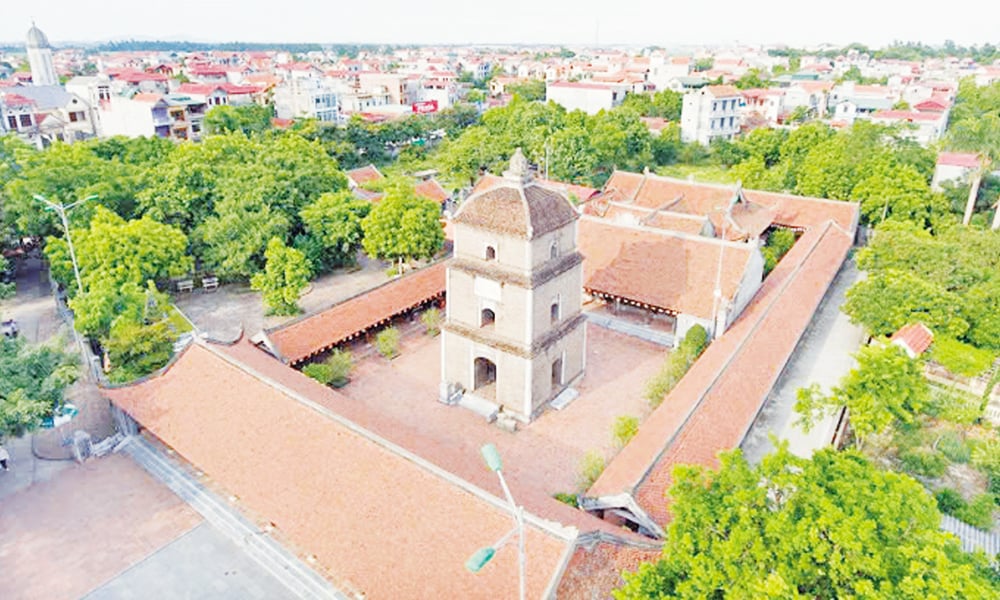 |
Special national relic Dau pagoda (Tri Qua ward). |
Buddhist teachings guide people to compassion, kindness, love, and benevolence, while the indigenous beliefs of the Dau - Luy Lau region promote the lifestyle of "one patience, nine good things", "one sick horse, the whole stable gives up grass", "love others as you love yourself"... Because of these similarities, when Buddhism was introduced to Luy Lau, it quickly harmonized, assimilated, and assimilated to create a Vietnamese cultural identity imbued with the spirit of tolerance and love. The Dau - Luy Lau region is not only the starting point of Buddhism but also the place where Confucianism, Buddhism, and Taoism converge, permeating the lives of Vietnamese people with profound human values.
Through many historical changes, Dau Pagoda still maintains its position as the center of Buddhism in the country. During the Tran Dynasty, Dau Pagoda was restored on a large scale by the first-ranking scholar Mac Dinh Chi with the architecture of "a hundred-room pagoda, a nine-story tower, and a nine-span bridge". During the Le Trung Hung Dynasty, the pagoda was restored and expanded on a large scale by nobles, court officials, and local people according to the "inner public, outer private" architecture, including works such as: Tam Quan gate, front room, Hoa Phong tower, front hall, back hall, ancestral house, mother house, tower garden, etc.
| The more I learn, the more I understand why the ancients called Bac Ninh a sacred land. Not only because of history books, but also because this place has quiet pagodas like ancient mirrors reflecting the depth of Vietnamese culture, where people find themselves in tranquility and peace. Going to the pagoda is not to pray but to listen to your heart, to understand that in the midst of the rush, there are still quiet places for us to return to... |
Today, Dau Pagoda basically still retains its ancient architecture. Right in the middle of the pagoda yard, Hoa Phong tower stands tall and silent. Under the tower's shadow, one feels like there is an invisible stream spreading tranquility into every breath. Hoa Phong tower is built of bricks, square, 15 m high, with 3 massive floors. On the bottom floor, inside are four Kim Cuong statues at the four corners, above which hang bronze bells and gongs. Outside the foot of the tower are two precious antiques, which are stone sheep statues, vestiges of Central Asian culture, and the Hoa Phong stele of Co Chau Dien Ung pagoda. Each antique is a "witness" silently recounting the journey of the pagoda's existence for thousands of years.
The worship center of Dau Pagoda is the Upper Hall with the statue of Buddha Phap Van placed in the middle. The Phap Van statue is nearly 2 meters high, with a feminine face and eyes that seem to be listening to something from the depths of humanity. On both sides are statues of Kim Dong and Ngoc Nu; below are statues of Ba Trang and Ba Do - said to be nobles of the Le-Trinh dynasty who made great contributions to the restoration of the pagoda. These statues are not only masterpieces of 18th-century sculpture, but also reflect the harmony between Buddhism and folk beliefs.
In particular, Dau Pagoda currently preserves many ancient woodblocks consisting of hundreds of carved boards divided into different sets such as: Co Chau Phat Ban Hanh, Co Chau Luc, Co Chau Nghi, Tam Giao... which are rare documents recording the history of Vietnamese Buddhism. These carvings show that Governor Si Nhiep was the one who carved the statues of Tu Phap (Phap Van, Phap Vu, Phap Loi, Phap Dien) - the four natural gods of Cloud, Rain, Thunder, Lightning - and built four pagodas to worship them, starting a flow of spiritual beliefs throughout the history of the nation. In 2024, the Dau Pagoda woodblocks dating from 1752-1859 were recognized by the Prime Minister as a national treasure.
Cultural and historical experts all affirm that from the center of Dau - Luy Lau, Buddhism has developed and spread throughout the country. Later monks continued the roots of Luy Lau Buddhism as a solid foundation for the birth and development of Buddhism later, especially the Truc Lam Zen sect. The Truc Lam Yen Tu Zen sect has both absorbed the quintessence of the past and synthesized the contributions of the times, opening a movement of Buddhist studies with a spirit of engagement with the world, closely linked to people's lives and the spirit of patriotism and love for the people, contributing to creating the unique identity of Vietnamese Buddhism.
The deeper you go, the more you understand why the ancients called Bac Ninh a sacred land. Not only because of history books, but also because this place has quiet pagodas like ancient mirrors reflecting the depth of Vietnamese culture, where people find themselves in tranquility and peace. Going to the pagoda is not to pray but to listen to your heart, to understand that in the midst of the rush, there are still quiet places for us to return to... The vitality of meditation is internal, not external, and the source of Buddhism is constantly nurtured in the Vietnamese mind like that.
Source: https://baobacninhtv.vn/ve-chon-to-dinh-phat-giao-viet-nam-postid421703.bbg


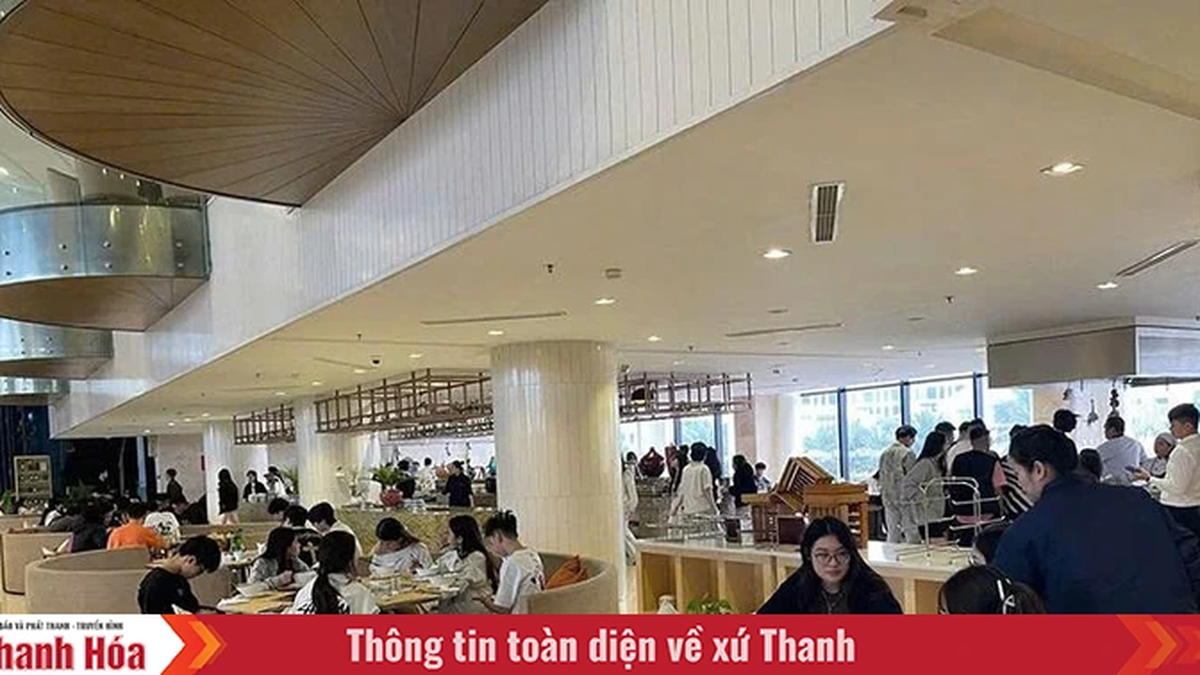

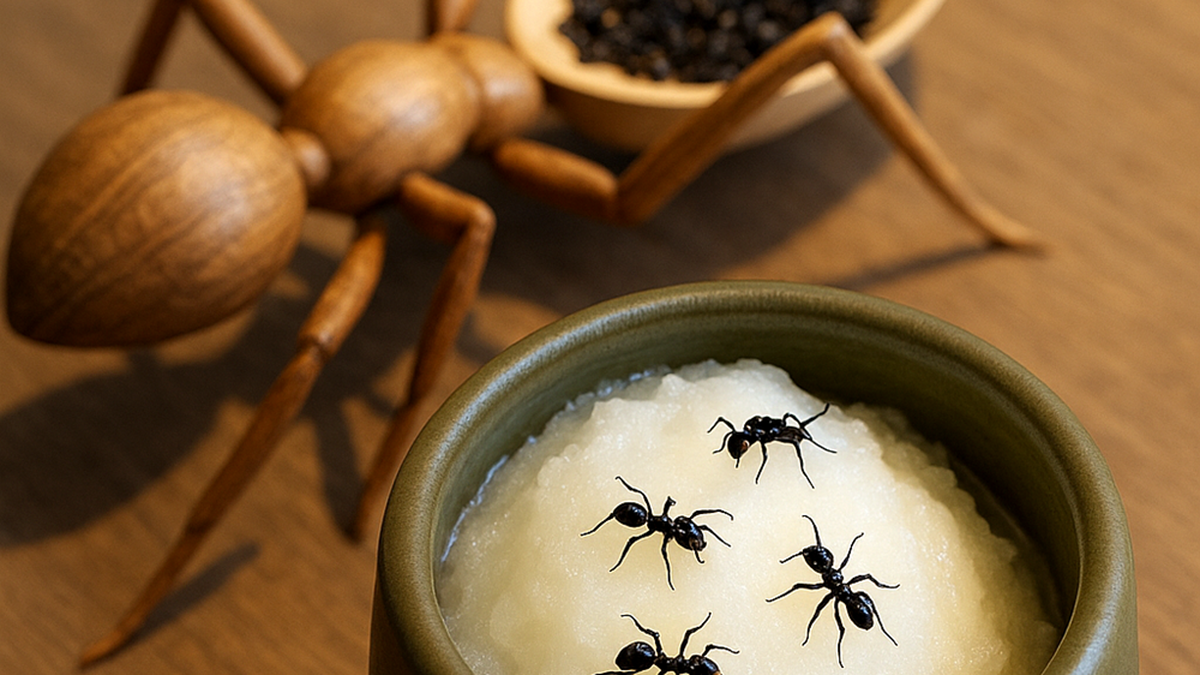

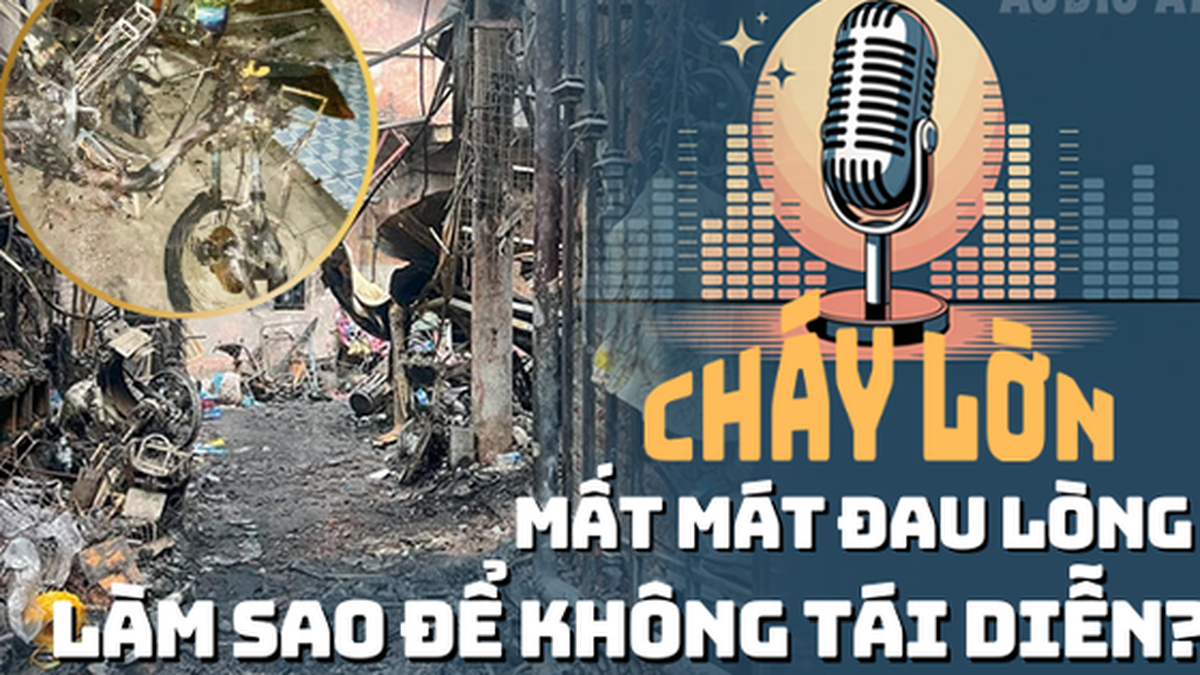


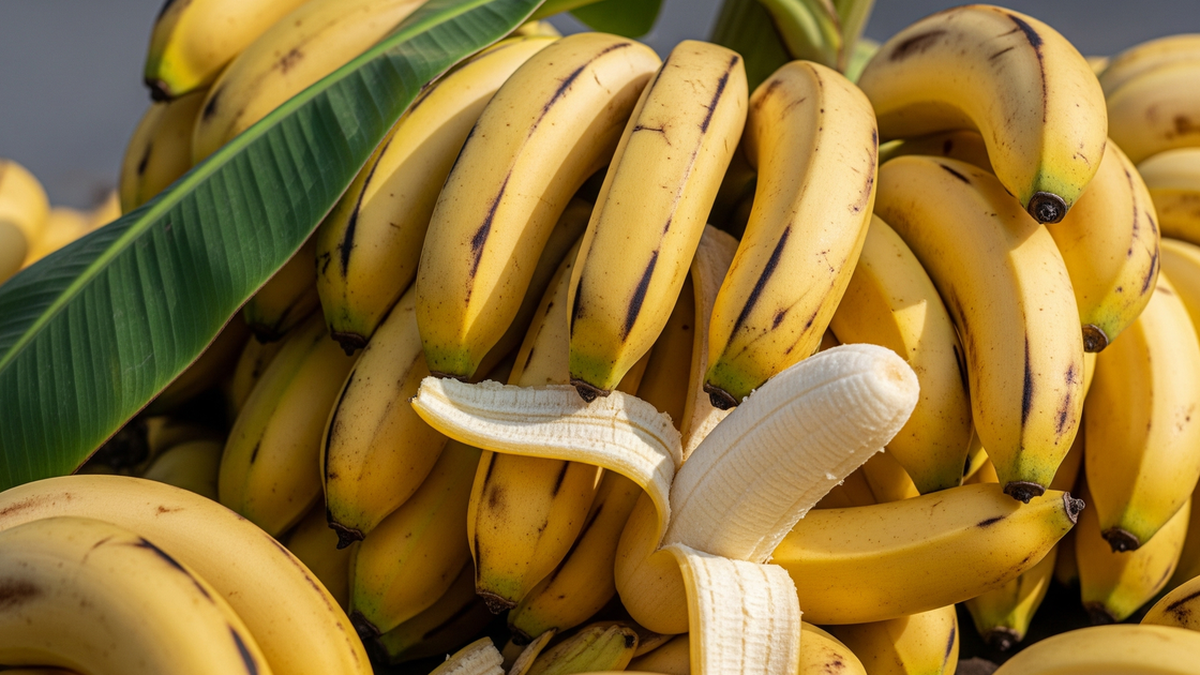














![[Photo] Gia Lai provincial leaders offer flowers at Uncle Ho's Monument with the ethnic groups of the Central Highlands](https://vphoto.vietnam.vn/thumb/1200x675/vietnam/resource/IMAGE/2025/7/9/196438801da24b3cb6158d0501984818)







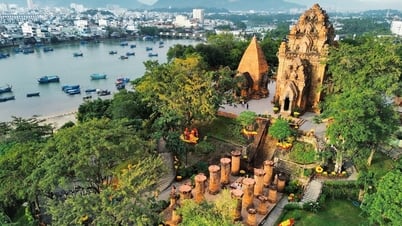



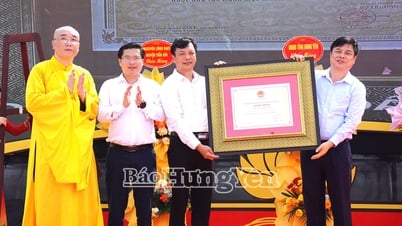



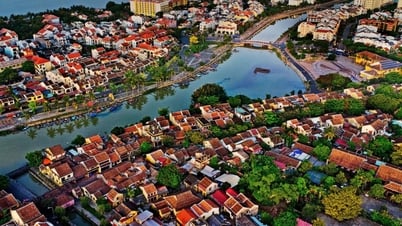





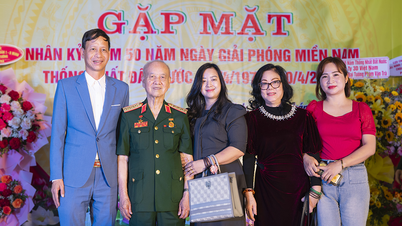

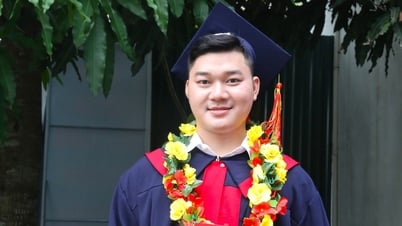




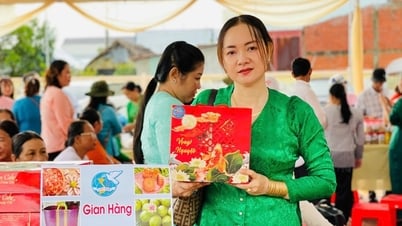








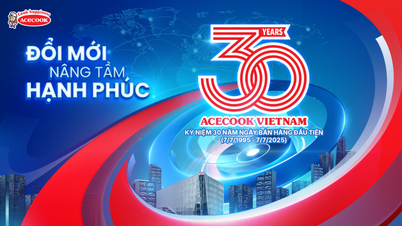



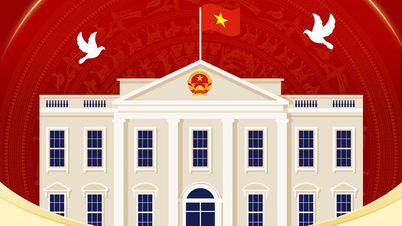

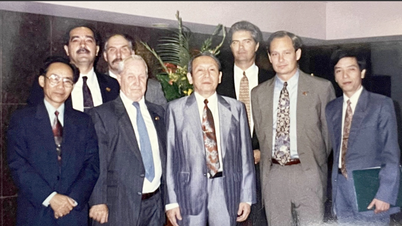








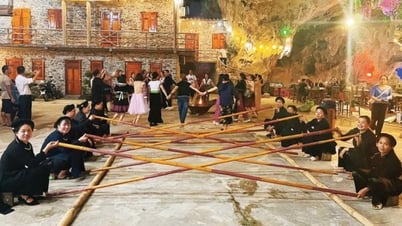























Comment (0)